pentingnus.blogspot.com
The number of malnourished children in war-torn Yemen could rise to 2.4 million by the end of 2020 because of a massive shortfall in aid, a new report by UNICEF has warned.
Millions of children in Yemen could be pushed towards starvation by the end of the year as the humanitarian crisis is compounded by a lack of funding as the world grapples with the coronavirus pandemic, UNICEF said on Friday.
A report by the United Nations children's agency has indicated that the number of malnourished children under the age of five in the war-torn country could rise by 20% — to 2.4 million — unless the international community makes up for a massive shortfall in aid.
"If we do not receive urgent funding, children will be pushed to the brink of starvation and many will die," said UNICEF Yemen representative Sara Beysolow Nyanti. "We cannot overstate the scale of this emergency."
Yemen has been ravaged by war for over five years, during which Houthi rebels, backed by Iran, face an internationally-recognized government that is supported by a Saudi-led coalition. During this period, tens of thousands of people have been killed and millions displaced due to the violence.
Read more: UNICEF: World 'has continued to fail' children in conflict zones
The UN has said that it is unable to keep an inflow of aid as the crisis shows no sign of ending. UNICEF needs nearly $461 million for its humanitarian response, along with $53 million for an effective COVID-19 response. Only 39% and 10% of these, respectively, have been funded.
-
Why millions of kids face a bleak future
Children in 37 countries left behind
UNICEF's analysis focused on children's chances of escaping extreme poverty, getting a basic education and avoiding a violent death. It showed that 37 countries have seen a clear decline in at least one of those areas in the past two decades. The main causes? Unrest, conflicts, financial crises and poor governance.
-
Why millions of kids face a bleak future
Not in my parents' footsteps
There have been major efforts to improve child welfare around the world over the past two decades. But despite progress, millions of children still face massive challenges caused by factors outside of their control. According to a 2017 UNICEF report, one in 12 of the world's 2.2 billion children has far bleaker prospects today than the previous generation did 20 years ago.
-
Why millions of kids face a bleak future
Consequences of conflict
According to UNICEF, the Central African Republic, South Sudan, Syria and Yemen — all countries experiencing major conflict — have seen a decline across more than one of the three areas measured. The most dramatic change, however, was recorded in the world's newest nation, South Sudan.
-
Why millions of kids face a bleak future
South Sudan
South Sudan was the only country where children fared worse in all three categories than previous generations. After gaining independence in 2011, the country has been plagued by civil war and famine. Four-year-old Adeng Macher, pictured above, is one of an estimated 2 million people who are near starvation.
-
Why millions of kids face a bleak future
Growing up with war
Violent deaths among children below the age of 19 have increased in seven countries: Central African Republic, Iraq, Libya, South Sudan, Syria, Ukraine and Yemen. Above, armed Yemeni children ride in the back of a truck with soldiers loyal to President Hadi. The UN says hundreds of children have been killed in the country since 2015, while more than 1,000 have been recruited as child soldiers.
-
Why millions of kids face a bleak future
Surviving on under $1.90 a day
The share of people living on less than $1.90 (85 euro cents) a day has increased in 14 countries, including Benin, Cameroon, Madagascar, Zambia and Zimbabwe. According to the UN, around 19 percent of the world's children live in extreme poverty.
-
Why millions of kids face a bleak future
A chance in the classroom
The number of children getting a primary school education has dropped in 21 countries, including Syria, Bolivia, Jordan and Tanzania. The problem is most acute in West and Central Africa. Above, students take part in an English class in Bentiu, South Sudan, in 2011. Violence in the country has forced a quarter of schools to shut down, preventing an estimated 2 million kids from attending class.
-
Why millions of kids face a bleak future
World Children's Day
UNICEF's report was released on World Children's Day, which celebrates the anniversary of the adoption of the Convention on the Rights of the Child on November 20, 1989.
Yemen's healthcare system was already on the brink of collapse as it dealt with diseases like cholera, malaria and dengue, but the pandemic has just brought it dangerously close to shutting down. The country has reported over 1,000 infections but experts say that many go unreported because of lacking medical infrastructure.
Read more: UNICEF — World 'has continued to fail' children in conflict zones
The UN children's agency also warned that nearly 7.8 million children were not in school, which puts them at a higher risk of exploitation through child labor, early marriage and recruitment into armed groups.
"UNICEF has previously said, and again repeats, that Yemen is the worst place in the world to be a child and it is not getting any better, "Nyanti said.
see/rc (AFP, Reuters, dpa)
Let's block ads! (Why?)
"urgent" - Google News
June 26, 2020 at 10:50AM
https://ift.tt/380s0vY
Millions of Yemeni children could starve without urgent aid: UNICEF - DW (English)
"urgent" - Google News
https://ift.tt/2ya063o
https://ift.tt/3d7MC6X
urgent
Bagikan Berita Ini

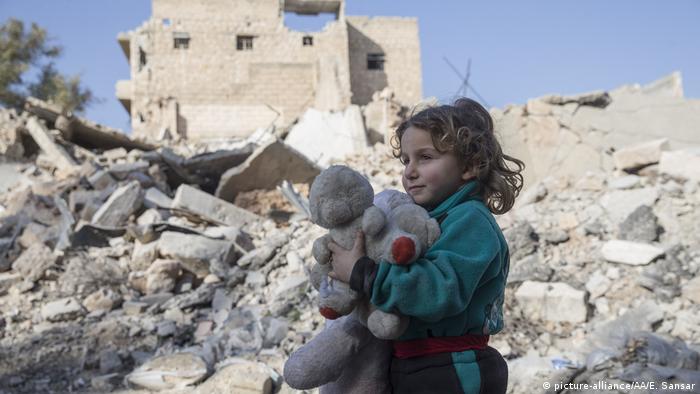

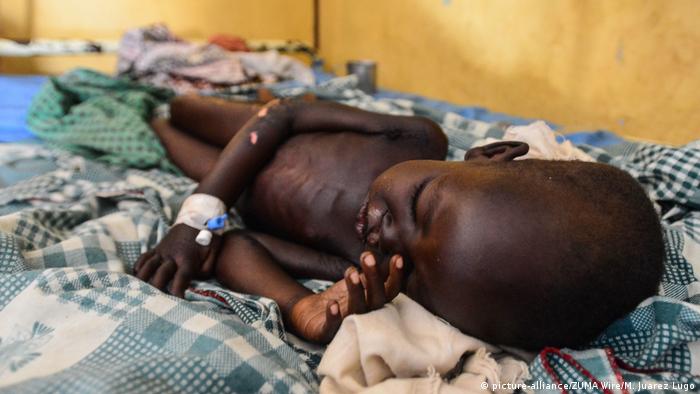
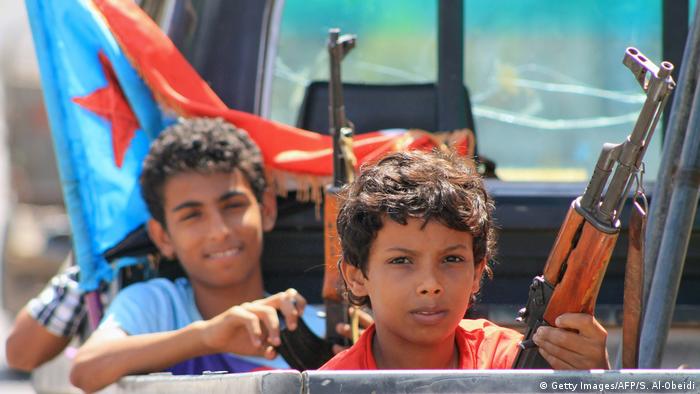
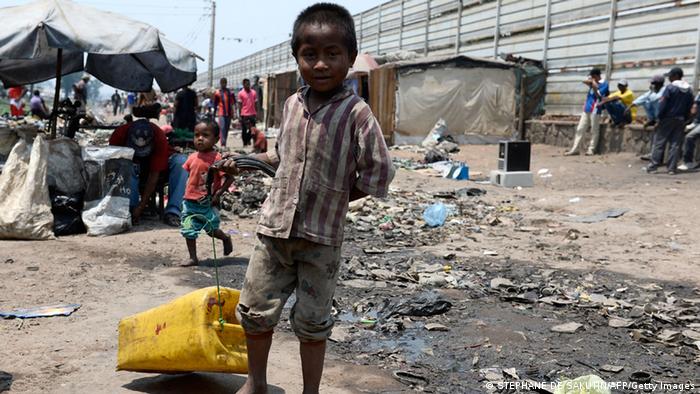
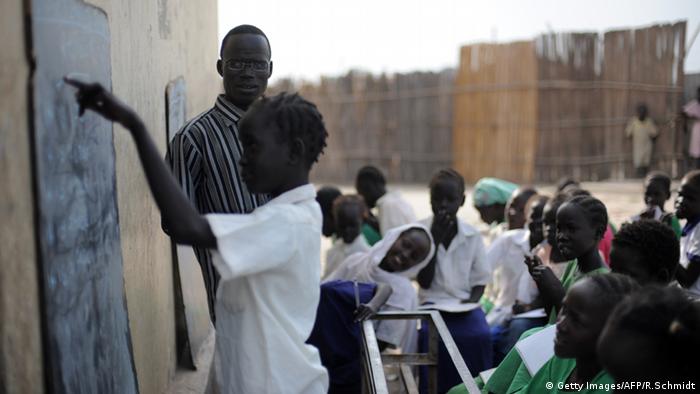
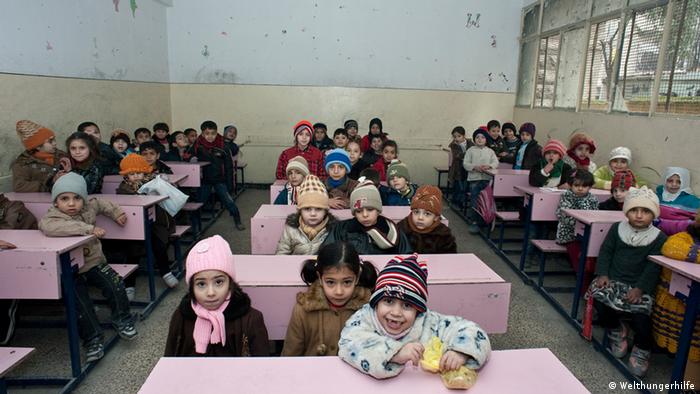














0 Response to "Millions of Yemeni children could starve without urgent aid: UNICEF - DW (English)"
Post a Comment